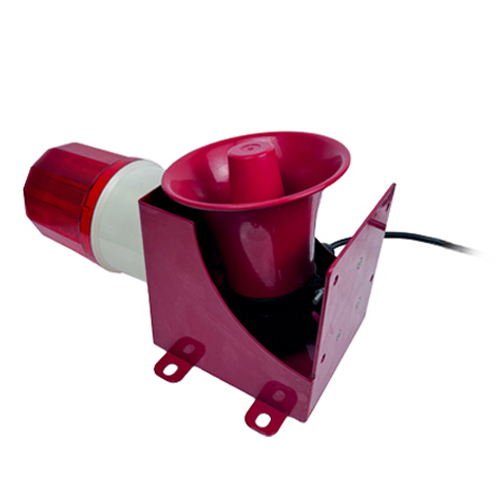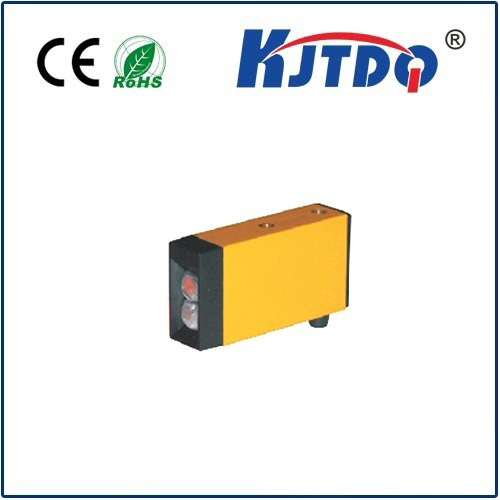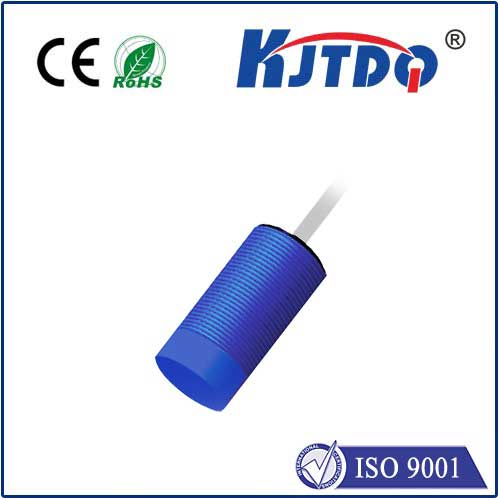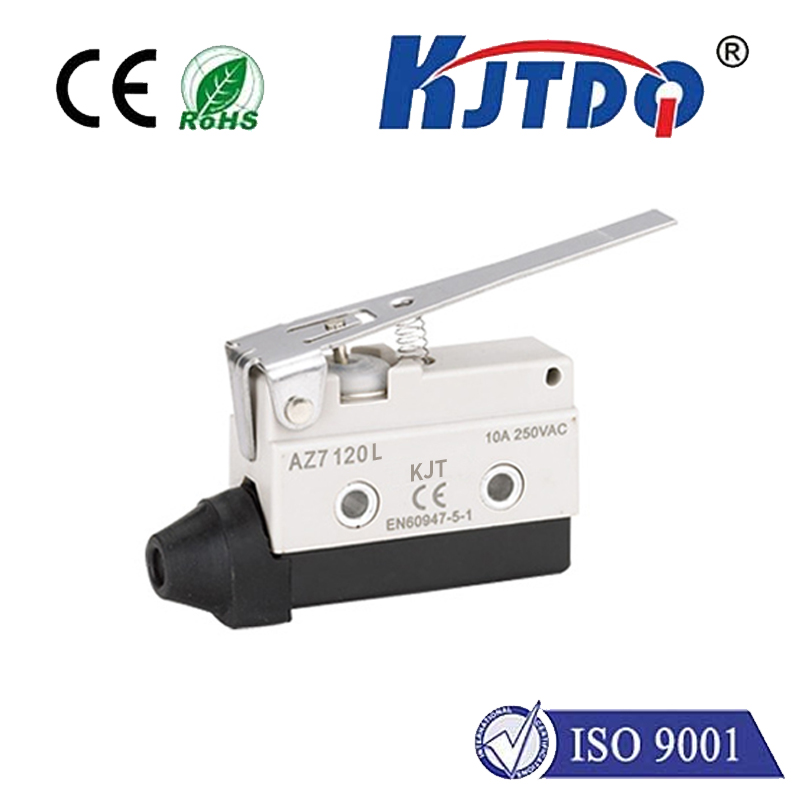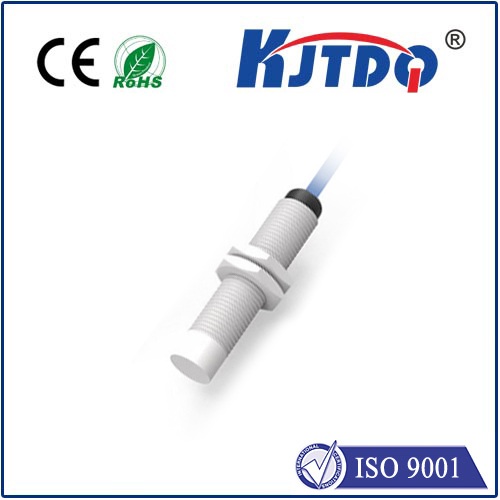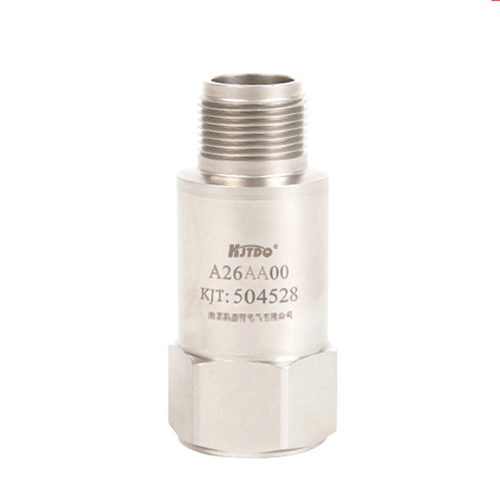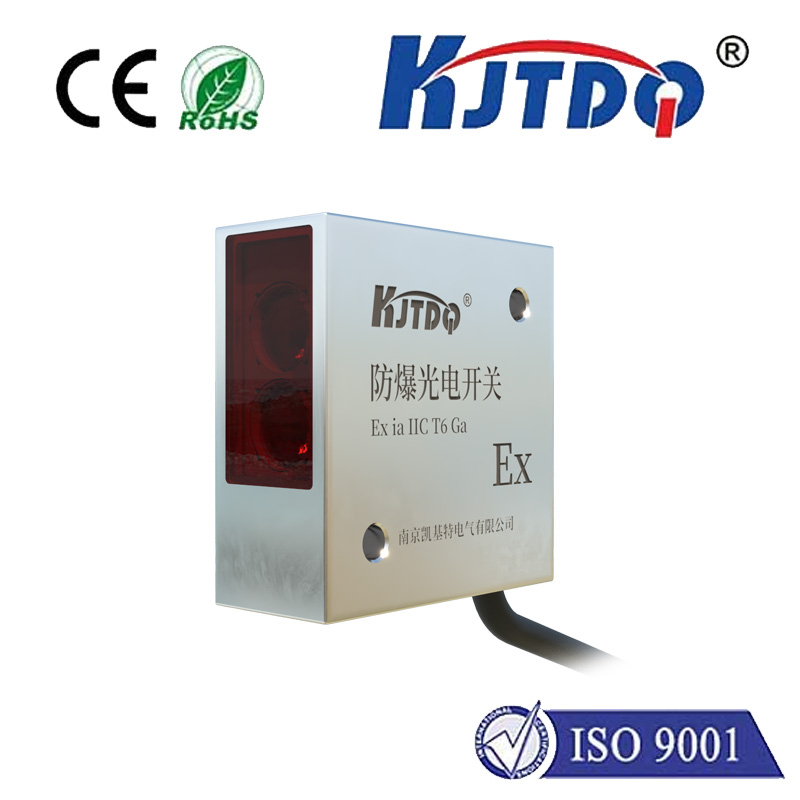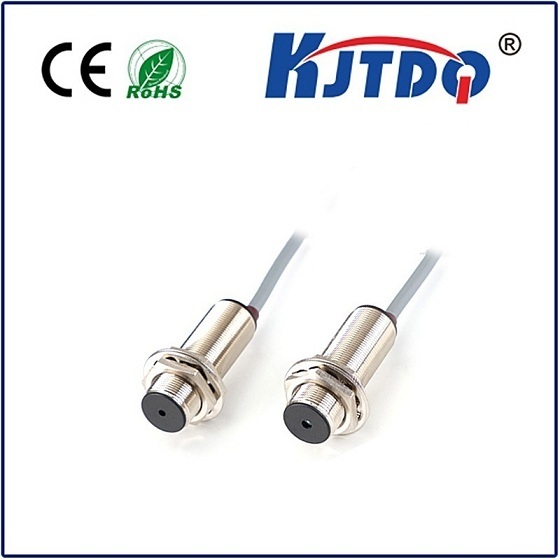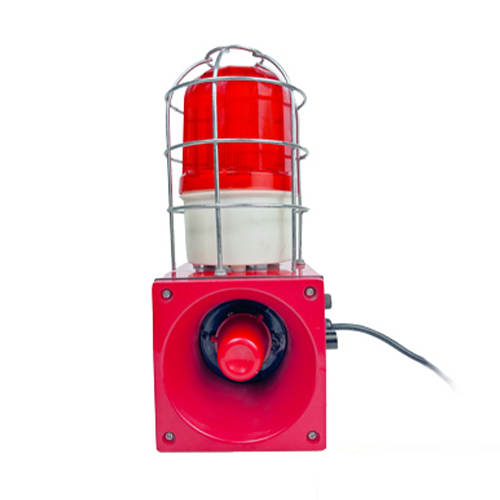

check

check

check

check

check

check

check

check

check

check
Think about the last time you walked into a frigid room first thing in the morning. Or recall the discomfort of a stuffy, overheated office on a winter afternoon. That pervasive feeling – whether shivering or sweating – isn’t just a minor annoyance. It’s your body signaling a misalignment with its environment, often rooted in inaccurate or unmonitored room temperature measurement. Far from being a trivial detail, understanding and precisely measuring the temperature of our indoor spaces is foundational to health, productivity, comfort, and even energy conservation.
Why Accurately Knowing Room Temperature Matters
We spend roughly 90% of our lives indoors. The temperature within these spaces profoundly impacts our physiology and well-being. Prolonged exposure to excessive heat can lead to dehydration, heat exhaustion, and exacerbate cardiovascular and respiratory conditions. Conversely, environments consistently too cold strain the immune system, increase susceptibility to illnesses like the common cold, and can cause musculoskeletal discomfort. Beyond immediate health, temperature plays a critical role in sleep quality (ideally slightly cooler, around 18-20°C / 64-68°F), cognitive function (studies suggest optimal performance around 22°C / 72°F), and mood stability. Precise room temperature measurement is the essential first step in identifying and preventing these detrimental conditions. It’s the data point that informs effective climate control.
Measurement vs. Perception: Bridging the Gap
Human perception of temperature is highly subjective. Factors like humidity levels, air movement (drafts), radiant heat from sunlight or appliances, individual metabolic rates, clothing, and even recent activity (coming in from the cold or heat) significantly influence how “warm” or “cool” a room feels. You might feel chilled while a colleague in the same space feels perfectly comfortable. This is why objectivity is crucial. Room temperature measurement provides an objective, quantifiable snapshot of the thermal environment, independent of personal sensation. It delivers the definitive data needed to diagnose comfort issues accurately – is the problem genuinely the air temperature, or is it drafts, humidity, or radiant asymmetry? Without reliable measurement, adjusting HVAC systems becomes guesswork.

Tools of the Trade: From Analog to Smart
Fortunately, measuring room temperature is accessible. The traditional mercury thermometer, while less common now due to safety concerns and slower response times, served as a staple for decades. Today, digital thermometers dominate, offering fast readings, high accuracy, portability, and ease of use. Many incorporate hygrometers to measure humidity simultaneously – a critical companion metric for true comfort assessment (the “feels like” temperature).
The evolution continues with smart thermostats and environmental sensors. These devices represent the pinnacle of modern room temperature measurement. Often featuring multiple sensors placed strategically around the home or building, they provide continuous, remote monitoring via smartphone apps. They not only display current temperature with high precision but also track historical data, revealing trends and patterns (like consistent overnight overcooling or specific rooms being problematic). This granular data is invaluable for optimizing HVAC scheduling, identifying inefficiencies, and achieving consistent comfort while minimizing unnecessary energy expenditure. Investing in a reliable digital or smart sensor is a fundamental step towards a healthier, more comfortable, and efficient living or working space.
Best Practices for Accurate Measurement
Gaining truly useful data depends on correct room temperature measurement technique:
Standards and Consistency
While personal preference varies, organizations like ASHRAE (American Society of Heating, Refrigerating and Air-Conditioning Engineers) provide extensive guidelines for recommended temperature ranges in different settings (e.g., offices, homes, hospitals) based on extensive research on comfort and productivity. Accurate room temperature measurement allows individuals and facilities managers to benchmark their environment against these standards or establish personalized, consistent baselines. Knowing, for instance, that your bedroom consistently measures 21°C (70°F) when you sleep poorly provides actionable information for adjustment.
Beyond Comfort: The Wider Impact
The implications of precise measurement extend far beyond individual well-being:
Mastering Your Environment
Achieving the “perfect” temperature is a nuanced pursuit, deeply personal yet grounded in objective reality. Room temperature measurement is the indispensable tool that transforms subjective feelings into actionable data. It empowers us to move beyond guesswork and discomfort. By strategically placing reliable sensors, understanding what impacts readings, and consistently monitoring, we unlock the ability to create indoor environments that actively support our health, enhance our focus, promote restful sleep, and operate efficiently. Don’t just feel the temperature – know it precisely. That knowledge is the key to unlocking the profound benefits a well-measured and controlled indoor climate provides for both individuals and organizations seeking optimized environments in our predominantly indoor lives.
